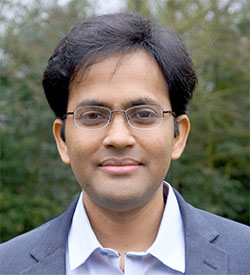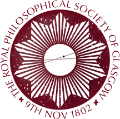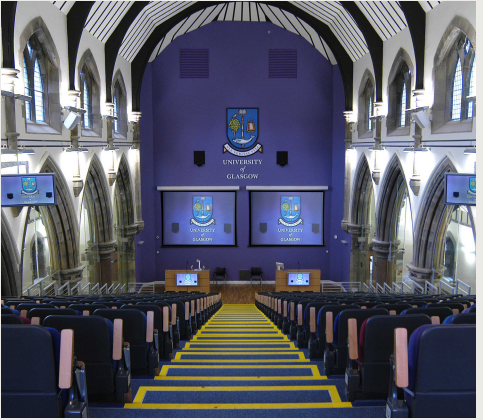
Summary
The search for life elsewhere is one of the major frontiers of modern astronomy. The detection of atmospheric signatures of habitable Earth-like exoplanets is challenging due to their small planet-star size contrast and thin atmospheres with high mean molecular weight. A recently-proposed new class of habitable exoplanets, called Hycean worlds, promises to expand and accelerate the search for planetary habitability and life elsewhere. Hycean planets are expected to be temperate ocean-covered worlds with H2-rich atmospheres. Their large sizes and extended atmospheres, compared to rocky planets of similar mass, make Hycean worlds significantly more accessible to atmospheric spectroscopy. Several candidate Hycean worlds have been identified in recent studies orbiting nearby red dwarf stars that make them highly conducive for transmission spectroscopy with the James Webb Space Telescope (JWST). Recently, the first JWST spectrum of a possible Hycean world, K2-18 b, was reported with detections of multiple carbon-bearing molecules in its atmosphere. These developments are opening a promising new avenue in the search for life elsewhere, which will be the focus of this lecture. We will discuss new observational and theoretical developments in the exploration of candidate Hycean worlds, and future prospects in the search for habitable environments and life beyond the solar system.

